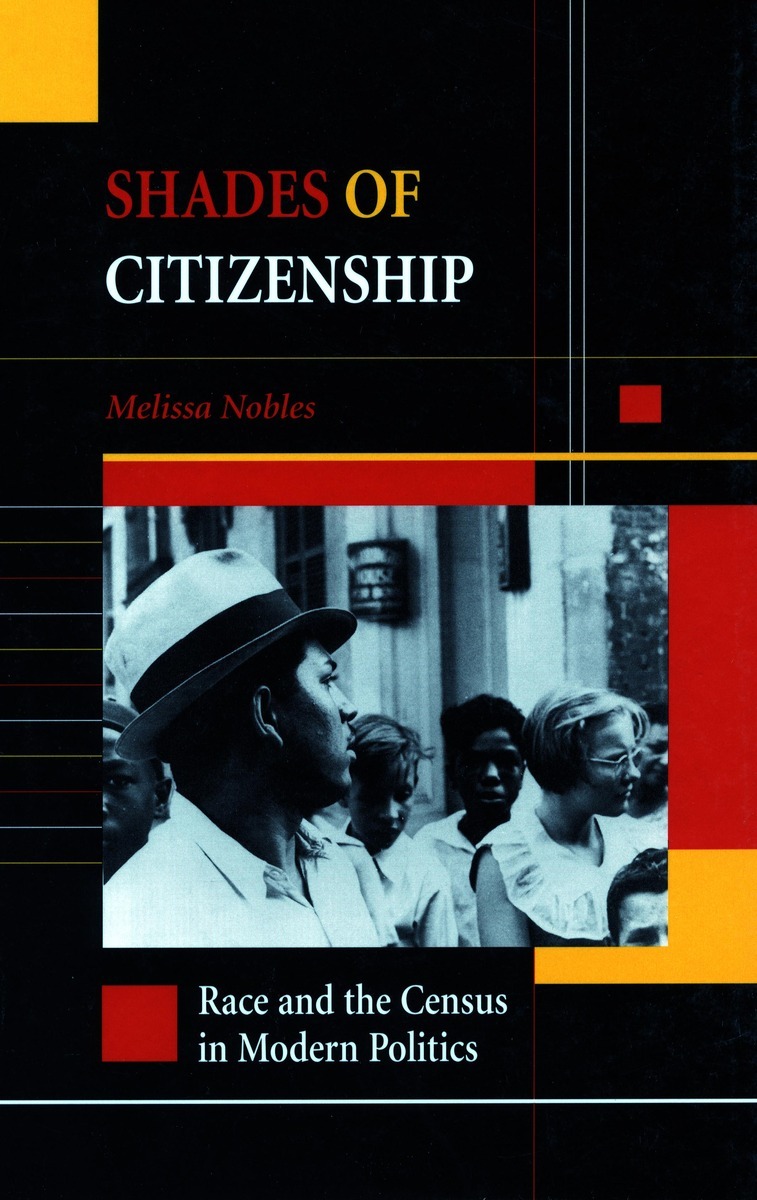The American Melting Pot? Miscegenation Laws in the United StatesPosted in Articles, History, Law, Media Archive, Social Science, Teaching Resources, United States on 2010-01-02 02:25Z by Steven |
The American Melting Pot? Miscegenation Laws in the United States
Organization of American Historians Magazine of History
Volume 15, Number 4, Summer 2001
pages 80-84
Bárbara C. Cruz, Associate Professor of Social Science Education
University of South Florida, Tampa
Michael J. Berson, Associate Professor of Social Science Education
University of South Florida
People of mixed heritage have been citizens of the United States since the country’s inception. Indeed, one scholar has insisted that “American History would be unrecognizable without ethnic intermarriage”. But while Americans proudly describe their nation as a “melting pot,” history shows that social convention and legal statutes have been less than tolerant of miscegenation, or “race mixing.” For students and teachers of history, the topic can provide useful context for a myriad of historical and contemporary issues.
Laws prohibiting miscegenation in the United States date back as early as 1661 and were common in many states until 1967. That year, the Supreme Court ruled on the issue in Loving v. Virginia, concluding that Virginia’s miscegenation laws were unconstitutional. In this article, we look at the history of miscegenation in the United States, some motivations for anti-miscegenation policy, the landmark decision of Loving v. Virginia, and some applications of the topic for the social studies classroom…
Read or purchase the article here.
